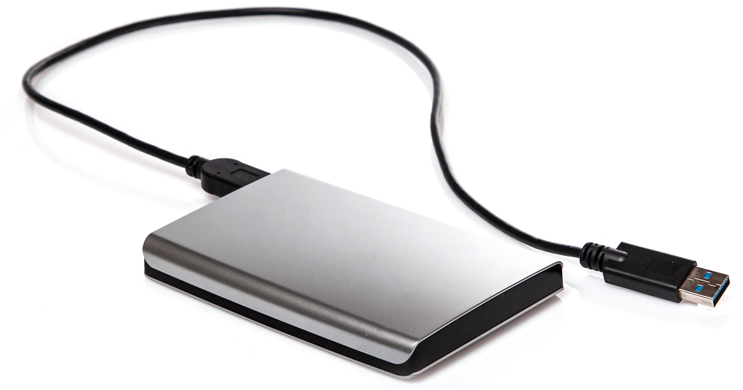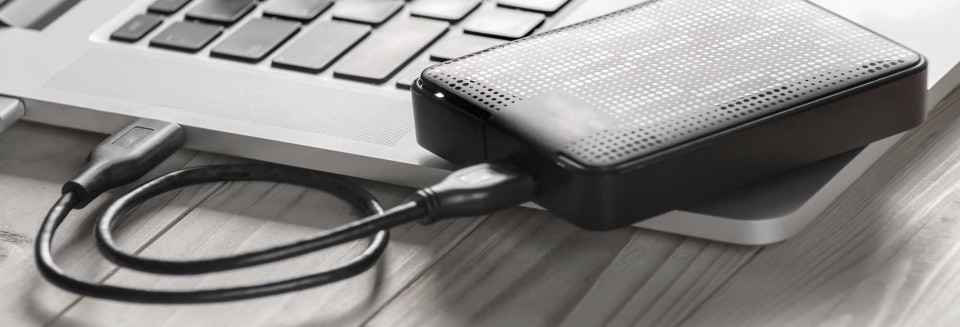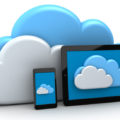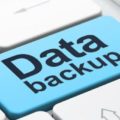We process and evaluate a huge amount of data every day, so external hard drives are vital for our storage needs. But how do we get the best out of them?
Capable of holding up to 12TB (that’s 12,000GB) and easily connected via USB, external hard drives are an affordable solution to data storage. However, when a device is holding so much data it’s important that you know how to use it properly. An external hard drive which is used correctly and maintained will keep your data safe for years. But one which is mismanaged can soon lead to a data disaster. And no business needs that.
Luckily, we’ve put together a few pointers on the best ways to use an external hard drive.
Getting the Best Out of Your External Hard Drive
Making sure that your device remains operational and productive is simple as long as you follow these best practices:
- Don’t Move Your Drive When Transferring Data: Beneath their solid exterior, external hard drives are delicate pieces of kit. This is particularly true for Hard Disk Drives which contain spinning and moving parts. Therefore, moving or jostling your external drive when it is transferring data has the potential to not only damage the device, but also create data errors. Make sure that your device is properly connected, on a flat surface and not in the way of your general PC activities e.g. using the mouse and keyboard.
- Format Your Drive as NTFS: There are many reasons for formatting your external hard drive, but it’s important that you format your drive as NTFS. Using this method, as opposed to FAT32, is perfect when your device is mostly used with Windows PCs. NTFS formatting provides faster results and has the added bonus of making your drive less susceptible to disk failure.
- Run CHKDSK: Better known as Check Disk, CHKDSK is a handy system tool which should regularly be used to check the status of your external drive. It has the capacity to identity any file system errors and repair them. This gives you the dual benefits of a stable folder structure on your device and less chance of it crashing.
- Better to Repair than Replace: It can be frustrating when an external hard drive fails, but it’s often simpler to replace a troublesome device rather than repairing it. The labor, and associated costs, to repair an external hard drive will usually be more expensive than a replacement. And, as our next point will show, this shouldn’t compromise your data too much.
- Don’t Rely on Your External Hard Drive: The underlying principle of good data storage is that you should never rely on a single backup. If you do then you run the risk of being disappointed when it fails and leaves you with no data. Instead you should make sure that you carry out backups to several different mediums e.g. cloud servers, optical media and even tape-based formats.
If you can follow the advice above then you should be guaranteed a hassle-free experience with your external drive. And you can rest assured that your data will be safe and available at all times.
For more ways to secure and optimize your business technology, contact your local IT professionals.








